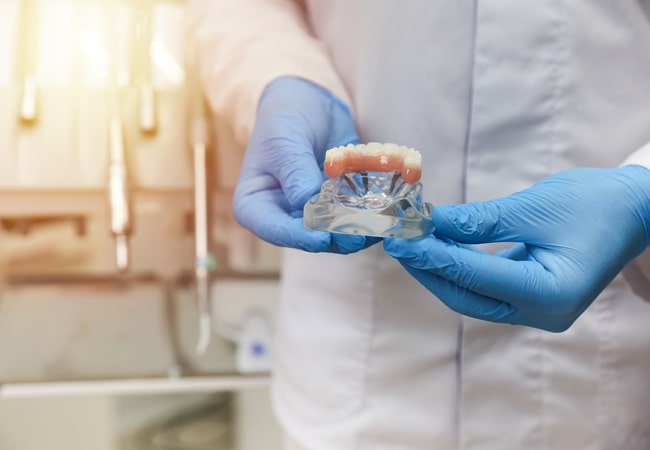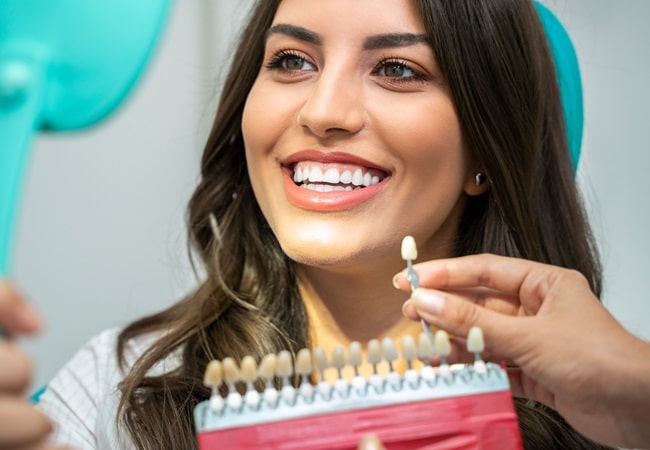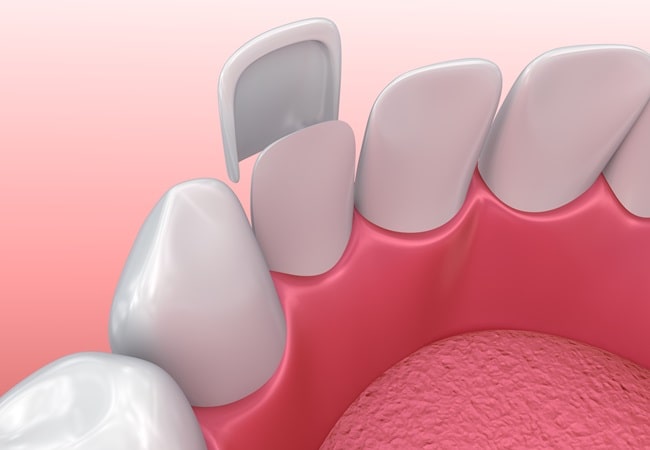Hamptons Dental
Cosmetic Dentistry in Calgary
Cosmetic Dentistry
Cosmetic dentistry services can help you achieve the smile of your dreams. From restorations to cover-ups, cosmetic dental services are your key to having a smile that lights up a room. The following cosmetic dentistry services are designed to enhance the appearance and function of your teeth, providing you with a more attractive and confident smile.
Dental Crowns
A dental crown is a versatile piece of dentistry that protects teeth while restoring chewing, speaking, and biting with comfort. While dental crowns used to be made from metal or even gold, nowadays, most crowns are made from composite resin to match the natural colour of your teeth.
Teeth Whitening
Teeth can easily become discoloured based on our diets, habits, and age. With professional teeth whitening services—both in-office and take-home kits—you can achieve whiter, beautiful teeth. Ask our dental team about our teeth whitening options to find the match for you.
Veneers
Veneers are a popular way to create the smile you’ve always dreamed of by hiding flaws and imperfections in natural teeth. Because they fit to the front of a tooth and are made with materials that blend in, it’s difficult to tell that veneers are even there. This works well if you’re looking to improve your smile with a long-term solution.
New Patients Welcome




